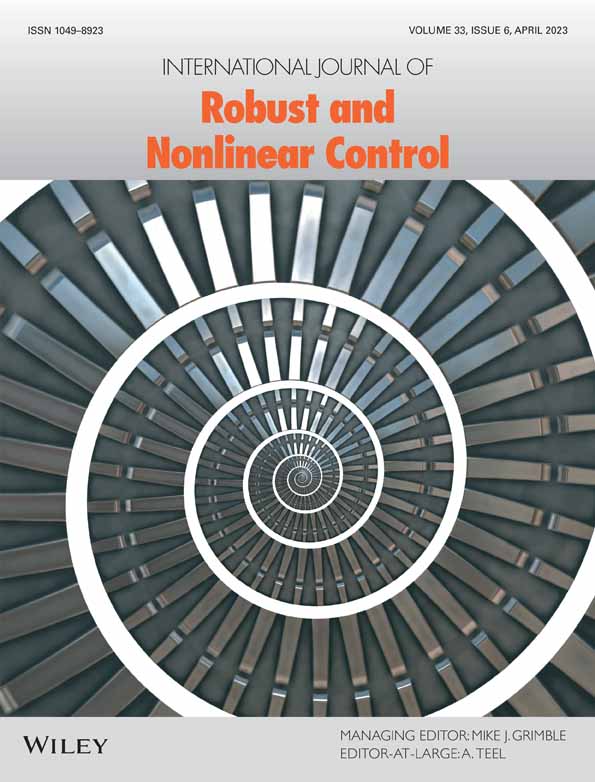Performance-prescribed consensus for uncertain nonlinear multi-agent systems under directed graph
Funding information: National Natural Science Foundations of China, Grant/Award Numbers: 62033007, 61873146, 61821004
Abstract
Whether or not system performance can be prescribed by users is one core issue for almost all control problems, of course for multi-agent control systems. But it could pose stern constraints on or exceptions to systems and control methods. How can one guarantee the prescribed performance while covering much more systems? It deserves deep study and particularly entails the integration/reformation of the related techniques. In the paper, we are concerned with the leaderless consensus with a prescribed convergence rate, aiming at -dimensional multi-agent systems typically with unknown heterogeneous nonlinearities under a directed graph. In view of the essence of the problem, we resort to a powerful time-varying high-gain method, that is, funnel control. Specifically, to suppress unknown system nonlinearities and guarantee the prescribed performance, funnel gains are devised by utilizing the relative states and a time-varying design function. Integrating them as well as a series of intermediate variables, a distributed consensus protocol is obtained without involving any global graph information. Remark that besides being used to construct funnel gains, the time-varying design function is also introduced as a part of the protocol, substantially enhancing the control effect and playing a key role in forcing the relative states to ultimately converge to zero. It is shown that under the proposed protocol, the desired consensus is achieved with a prescribed convergence rate. A simulation example is given to illustrate the effectiveness of the theoretical result.
CONFLICT OF INTEREST
The authors declare no potential conflict of interests.
Open Research
DATA AVAILABILITY STATEMENT
Data sharing not applicable to the paper as no datasets were generated or analyzed during the current study.




